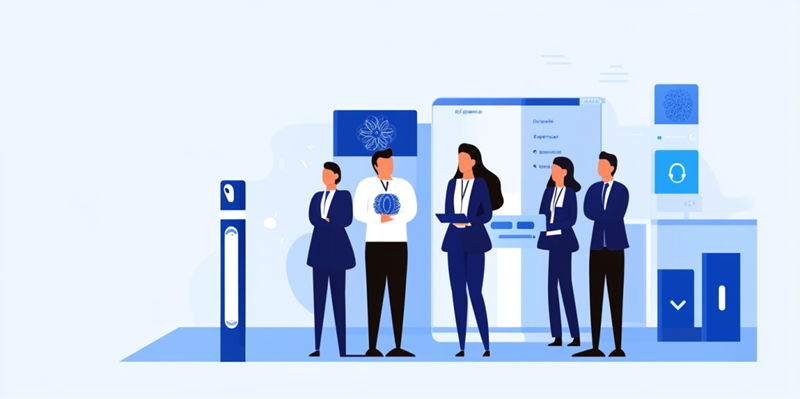Imagine a world where every customer interaction with a company is seamless, enjoyable, and leaves a lasting positive impression. This scenario becomes possible through the leadership of a Chief Experience Officer (CXO), a high-level executive tasked with guiding an organization’s customer experience (CX) strategy. These executives are dedicated to fostering brand loyalty and ensuring a customer-centric approach in all business operations.
Responsibilities and Objectives of a CXO
The primary objective of a CXO is not only to create but to continually enhance positive customer experiences. This involves communicating the organization’s value proposition in ways that resonate with customers, utilizing their preferred communication channels, and overseeing the entire customer journey. A key tool in this process is the customer journey map, which offers data-driven insights, helps predict future customer paths, and fosters positive interactions between companies and their customers.
Within an enterprise, the CXO leads a team tasked with monitoring customer interactions and ensuring adequate responses to complaints, concerns, and suggestions. They gather and integrate customer data using various channels like social media, customer feedback forums, and support services. Advanced tools such as social media management software, data analytics, and executive dashboards are employed to digest and utilize this information effectively. The role also extends to managing employee experience to align it with customer experience, as there is a strong link between employee and customer satisfaction.
Essential Skills and Background
CXOs typically hail from diverse backgrounds, including operations, marketing, sales, customer service, or user experience (UX). Many hold advanced degrees such as an MBA and have proven managerial or executive experience. Essential skills for a CXO include superior communication, collaborative leadership, agility, adaptability, strategic thinking, and data-driven decision-making. These skills enable CXOs to foster teamwork, respond swiftly to market changes, align CX strategies with business goals, and make informed decisions based on data.
A CXO’s key responsibilities encompass prioritizing customer experience, driving profitability through CX strategies, monitoring key performance indicators (KPIs), managing the company’s Net Promoter Score, integrating customer feedback into business decisions, analyzing market trends, and leading teams to deliver exceptional customer experiences.
Strategic Importance and Evolution
Hiring a CXO signifies a strategic move towards cultivating a customer-centric culture. Without a CXO, organizations might struggle to extend customer experience beyond basic care and support services. The role evolves with the growing importance of CX in businesses, adapting to technological advancements like AI and automation while balancing ethical customer data practices.
Contrasting with the role of Chief Marketing Officers (CMOs), who primarily focus on marketing strategies, CXOs oversee the entire customer experience strategy. Their responsibilities include customer journey mapping, customer service, and employee experience. Aspiring CXOs can prepare for the role through experience in CX and UX, developing leadership skills, acquiring business acumen, fostering collaboration, and staying updated on industry trends.
Conclusion
Imagine a world where every customer interaction is smooth, delightful, and leaves a lasting positive impression. This is achievable through the leadership of a Chief Experience Officer (CXO). The CXO is a high-level executive responsible for steering an organization’s customer experience (CX) strategy. These executives are committed to fostering brand loyalty by ensuring a customer-centric approach in all business areas. Their role involves establishing and maintaining an environment where customer satisfaction is a priority, influencing everything from product development to after-sales service. By focusing on the holistic customer journey, the CXO ensures that all touchpoints are optimized for a positive experience. To succeed, they often collaborate closely with other departments like marketing, sales, and support, ensuring that the customer’s voice drives business decisions. In today’s competitive market, the role of a CXO is crucial in differentiating a company from its competitors by providing an exceptional customer experience, thus turning satisfied customers into loyal brand advocates.

